Fetishism, violence and desire: Alexis Hunter in London
‘Alexis Hunter: 10 Seconds’ at London's Richard Saltoun Gallery focuses on the artist’s work from the 1970s, disrupting sexual stereotypes
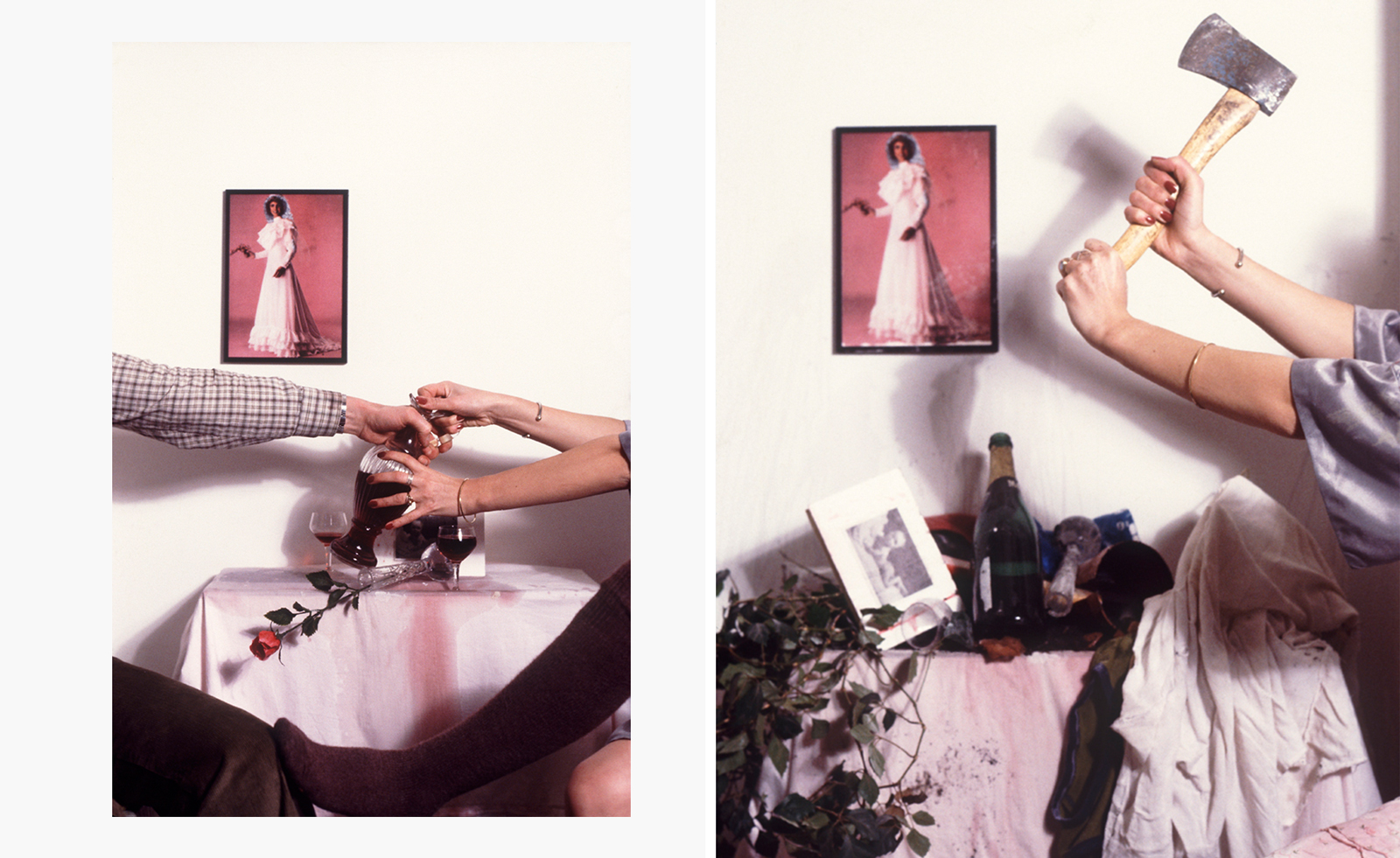
The pervasive, perversive nature of advertising fascinated Alexis Hunter (1948-2014), who experimented with the rapid-fire power of images in her work created in the 1970s. Now, an exhibition at London’s Richard Saltoun Gallery, ‘Alexis Hunter: 10 Seconds’ – referring to the minimum time it takes for an advert to have an impact –delves into the photographic narratives she created in this period.
‘The Tate Britain exhibition, “Women in Revolt“[until 7 April 2024], opened just as I was navigating Hunter’s archive [last November],’ curator Natasha Hoare tells us. ‘The exhibition features a key work, The Marxist’s Wife (still does the housework) (1978/2005), which displays Hunter’s wit and intellectual engagement with second-wave feminism. Given that the [Tate Britain] exhibition is a far-reaching group show, with often only singular works to represent each artist, it seemed important to have a concurrent exhibition in London that provided a broader perspective on this seismic period of Hunter’s life and practice. This period also shows an evolution of her political consciousness expressed through visual means – from initial investigations into identity, perception, and sexual politics, through the photo narratives that so powerfully merge personal experience with psychoanalysis and feminist political and aesthetic theory.’
‘Alexis Hunter: 10 Seconds’
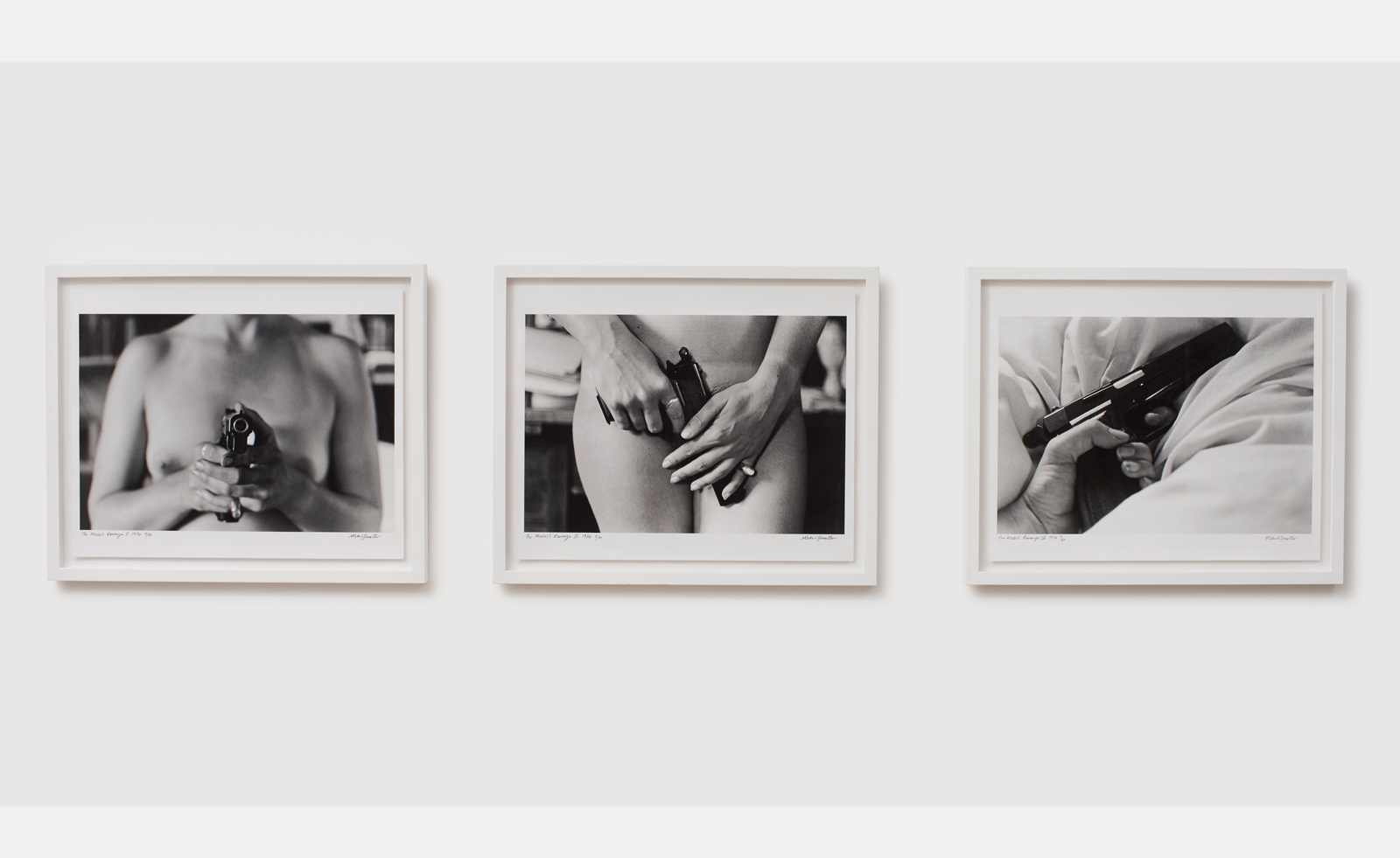
Alexis Hunter, The Model’s Revenge I-III, 1974
Hunter brought a palpable anger to this string of academic references, reflecting on advertising’s tendency to manipulate gender norms in lazy images reverting to stereotypes. A narrative runs throughout her images – the painting of red nails, stiletto shoes on fire, grease-covered motor parts, demolishing a domestic interior – creating an alternative account, separate from the male-dominated mainstream media of the time.
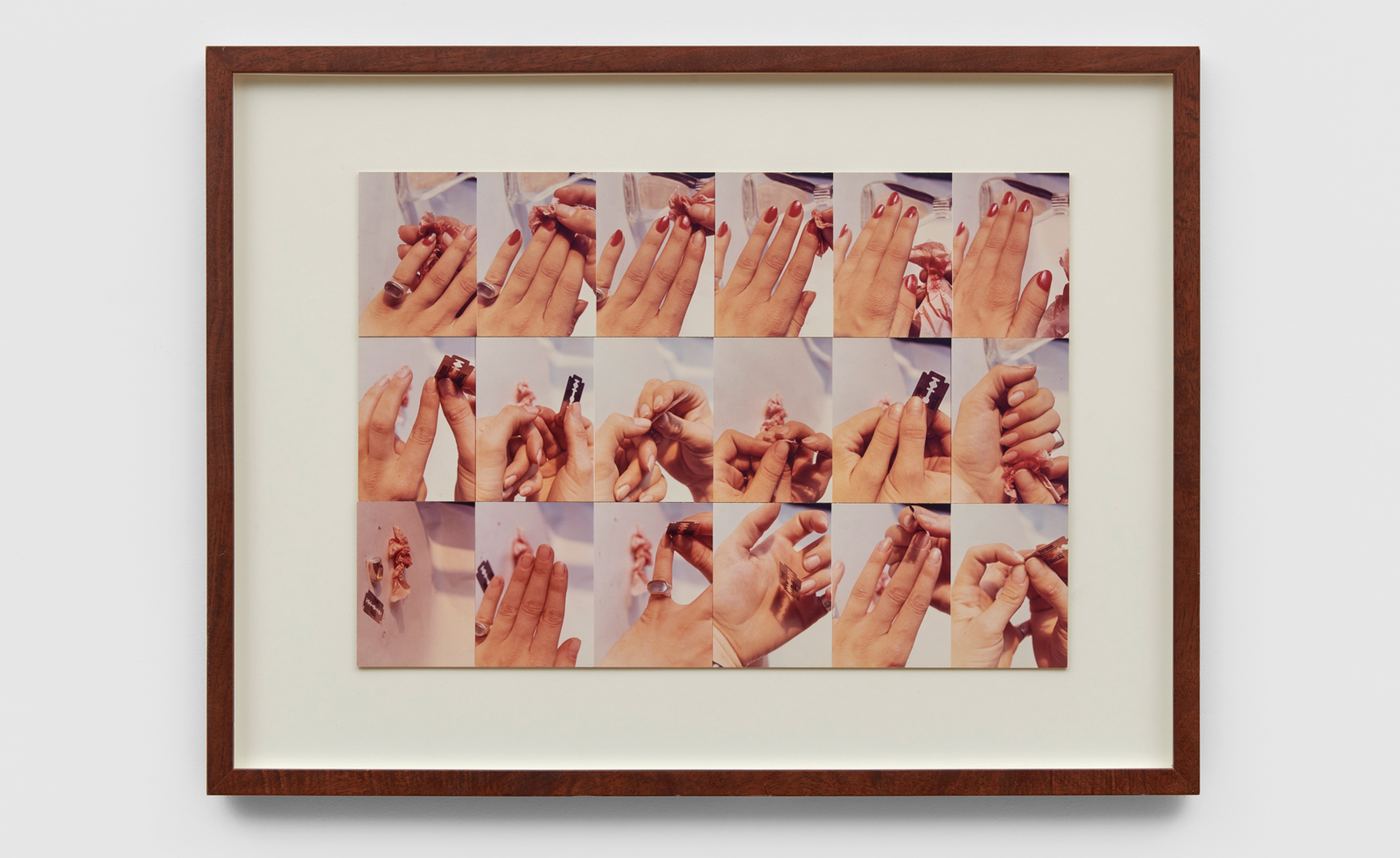
Alexis Hunter, Approach to Fear II : Change Decisive Action, 1976
In this prescient skewering of an instantaneous visual language, Hunter’s work foreshadowed the digital revolution that followed her death in 2014. ‘The dominant image cultures of platforms such as Instagram and SnapChat demand we constantly absorb and negotiate short bursts of video and scroll through thousands of images,’ Hoare adds. ‘The space of attention for media today is as short as the ten seconds that Alexis perceived her photo narratives unfolding across – probably even shorter. Alexis’ practice shows that it is entirely possible to hijack this space, to use these formats to disrupt flows of images that are deployed to shape our opinions, control our body image, articulate gender relations, and mould us as endlessly desiring consumers.
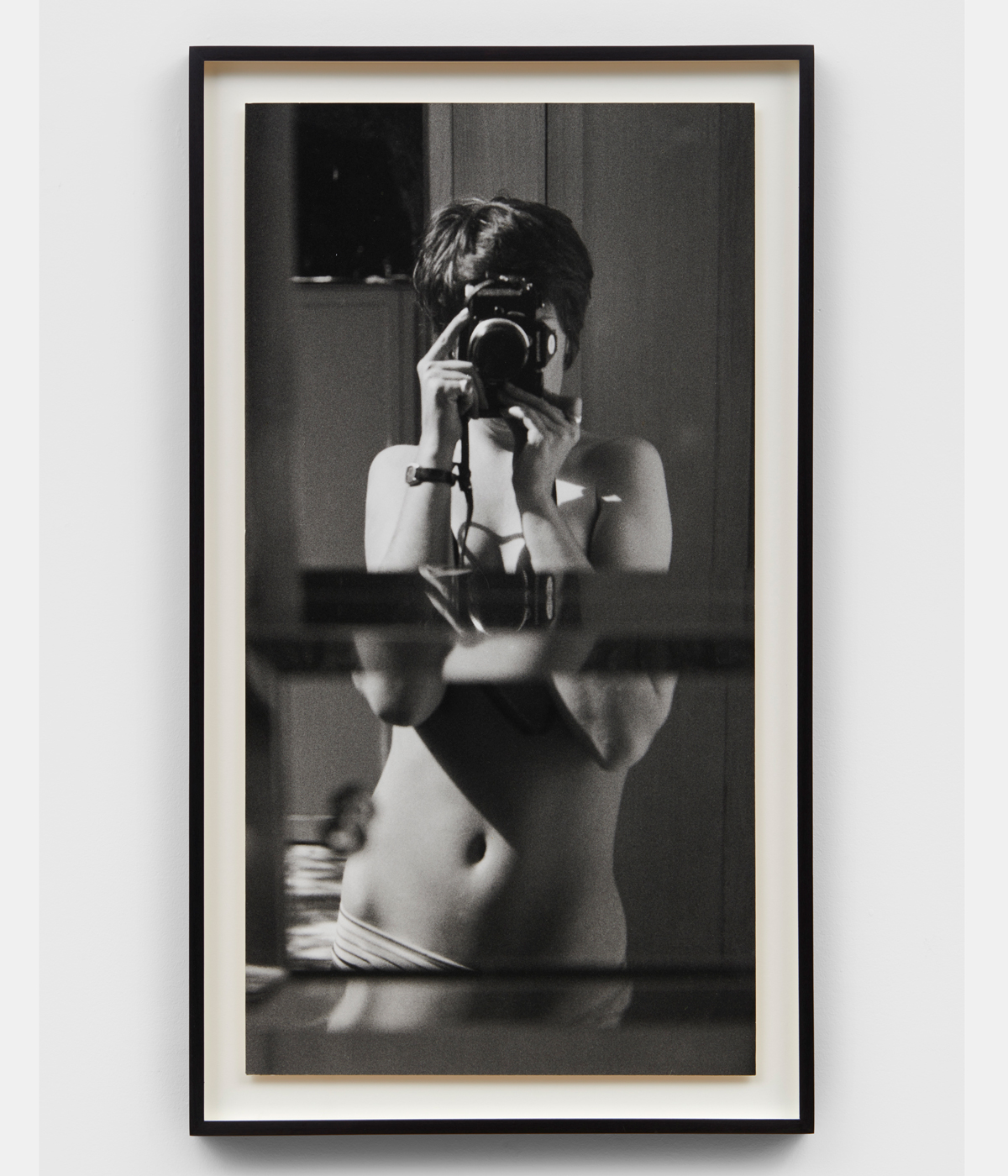
Alexis Hunter, Self-Portrait, 1977/2010
‘We live in a time that is much more intersectional in its engagement with gender, race, sexuality, disability. The second-wave feminist movement that Hunter was part of was limited in regards to these intersectionalities. Nonetheless, her merging of the personal with the political, through a spirit of bold experimentation and storytelling (at a time when photographic printers would refuse to print her images because she was a woman, and male exhibition staff refused to hang them because they deemed them offensive) makes her work continually engaging and relevant for women today, especially in cultural fields which remain dominated by men.’
'Alexis Hunter: 10 Seconds' is on until 30 March 2024 at Richard Saltoun
Receive our daily digest of inspiration, escapism and design stories from around the world direct to your inbox.
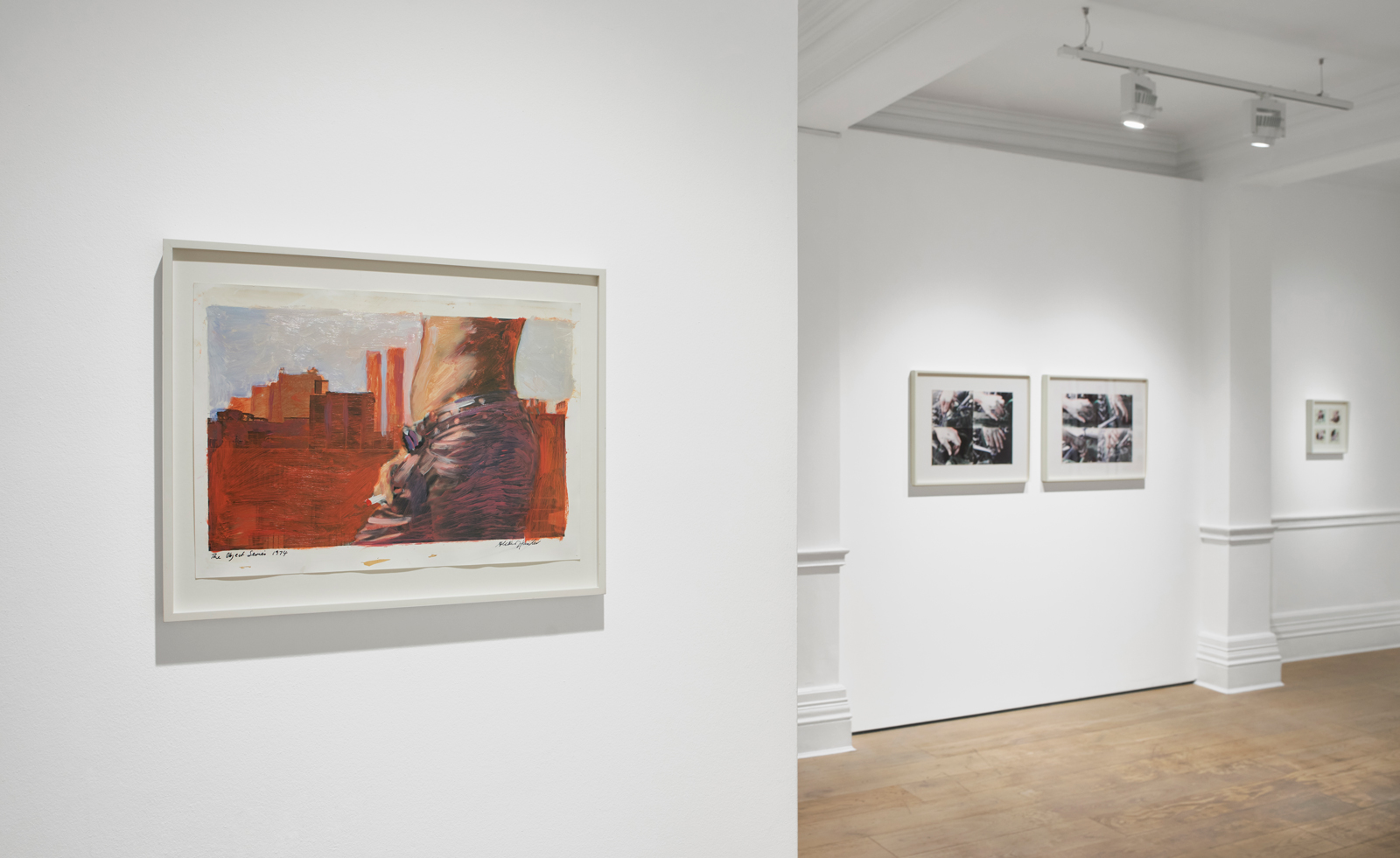
‘Alexis Hunter: 10 Seconds’, curated by Natasha Hoare, installation view at Richard Saltoun Gallery London, 2024
Hannah Silver is the Art, Culture, Watches & Jewellery Editor of Wallpaper*. Since joining in 2019, she has overseen offbeat art trends and conducted in-depth profiles, as well as writing and commissioning extensively across the worlds of culture and luxury. She enjoys travelling, visiting artists' studios and viewing exhibitions around the world, and has interviewed artists and designers including Maggi Hambling, William Kentridge, Jonathan Anderson, Chantal Joffe, Lubaina Himid, Tilda Swinton and Mickalene Thomas.
-
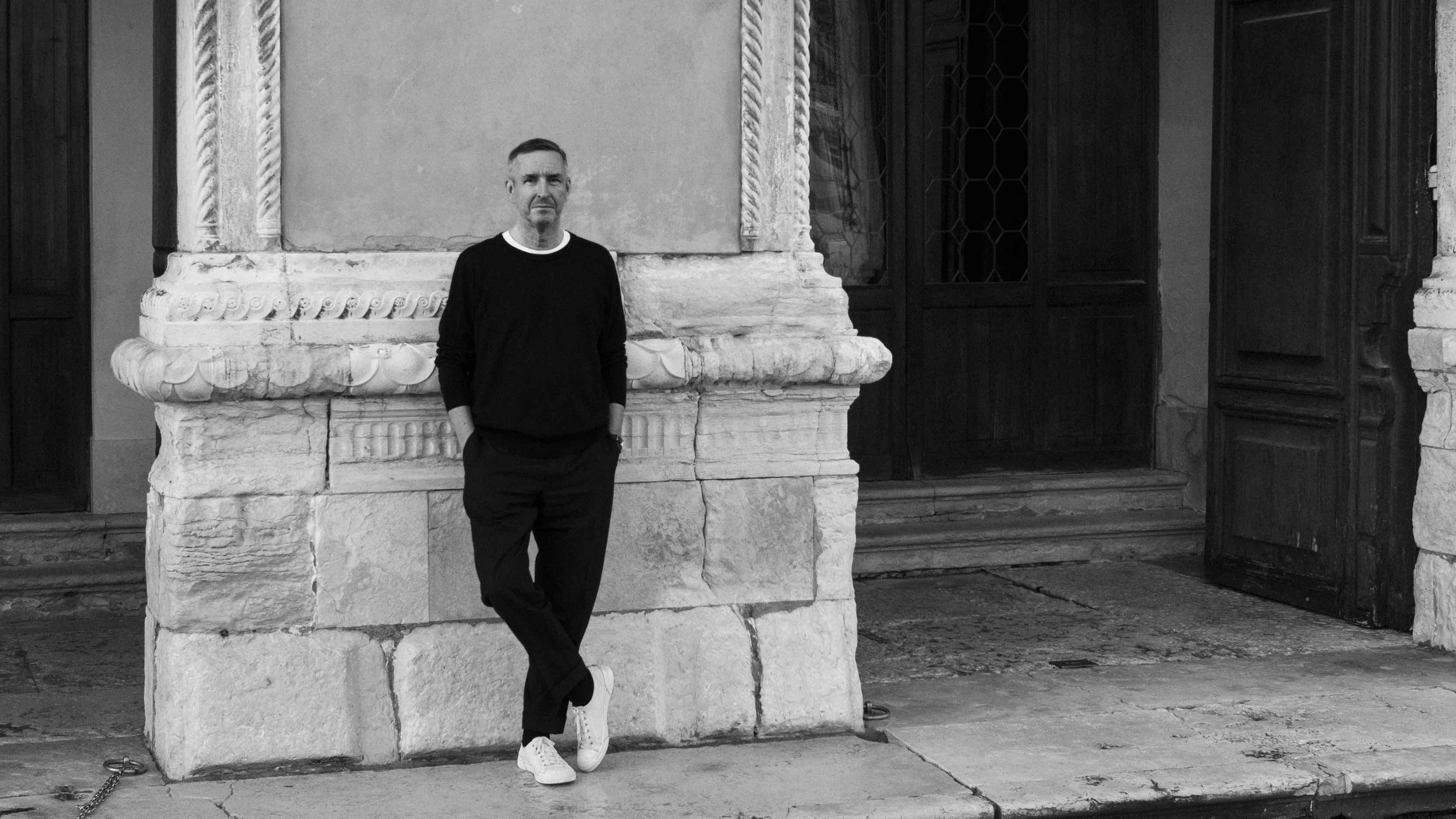 Dries van Noten on why he's building a new home for craft in Venice
Dries van Noten on why he's building a new home for craft in VeniceA year after departing the runway, Dries van Noten unveils his next chapter: the Fondazione Dries Van Noten, a newly announced cultural initiative in Venice celebrating craft in all its forms. Wallpaper meets the designer to find out why he’s not ready to retire.
-
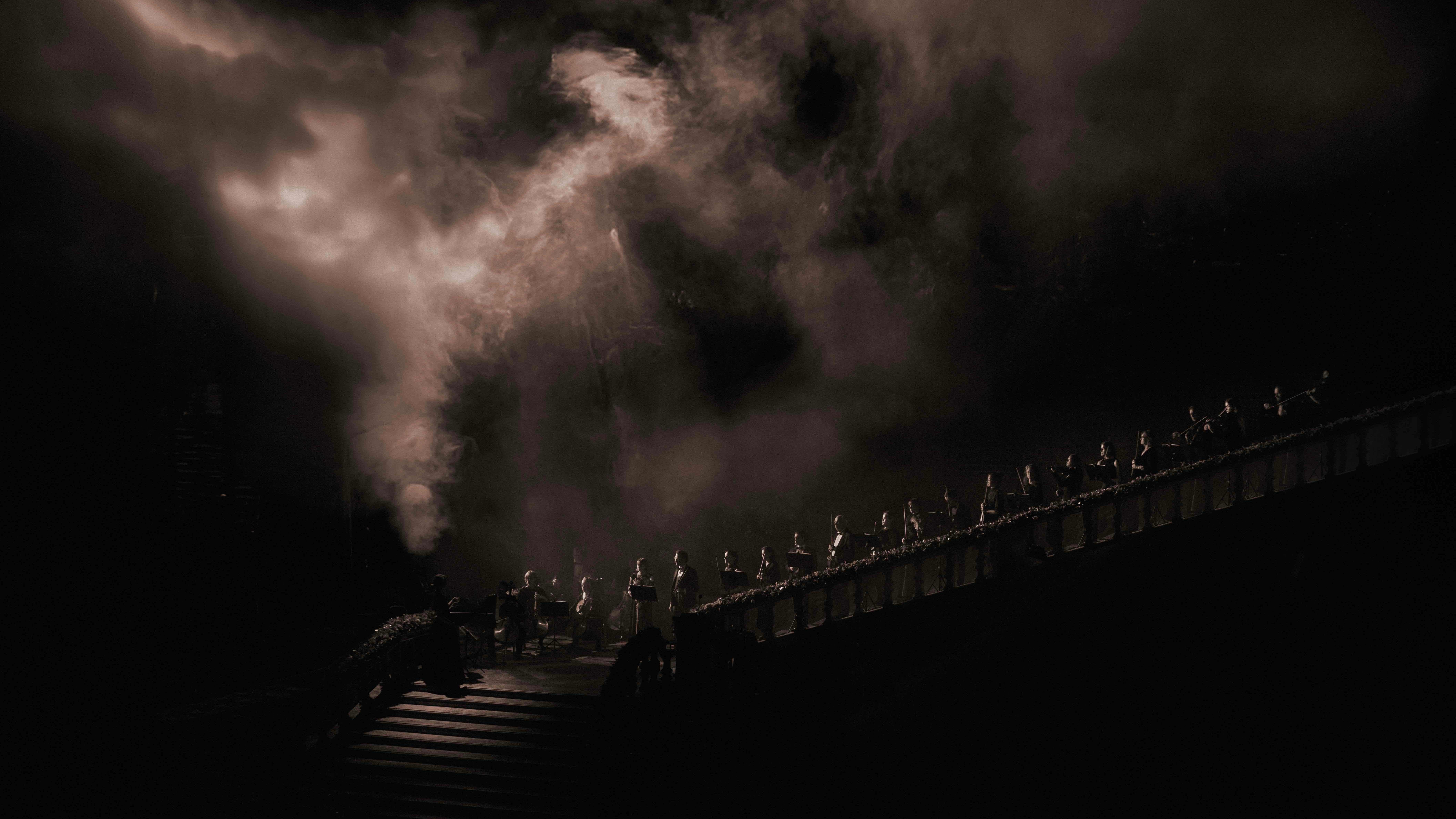 Alexander Wessely turns the Nobel Prize ceremony into a live artwork
Alexander Wessely turns the Nobel Prize ceremony into a live artworkFor the first time, the Nobel Prize banquet has been reimagined as a live artwork. Swedish-Greek artist and scenographer Alexander Wessely speaks to Wallpaper* about creating a three-act meditation on light inside Stockholm City Hall
-
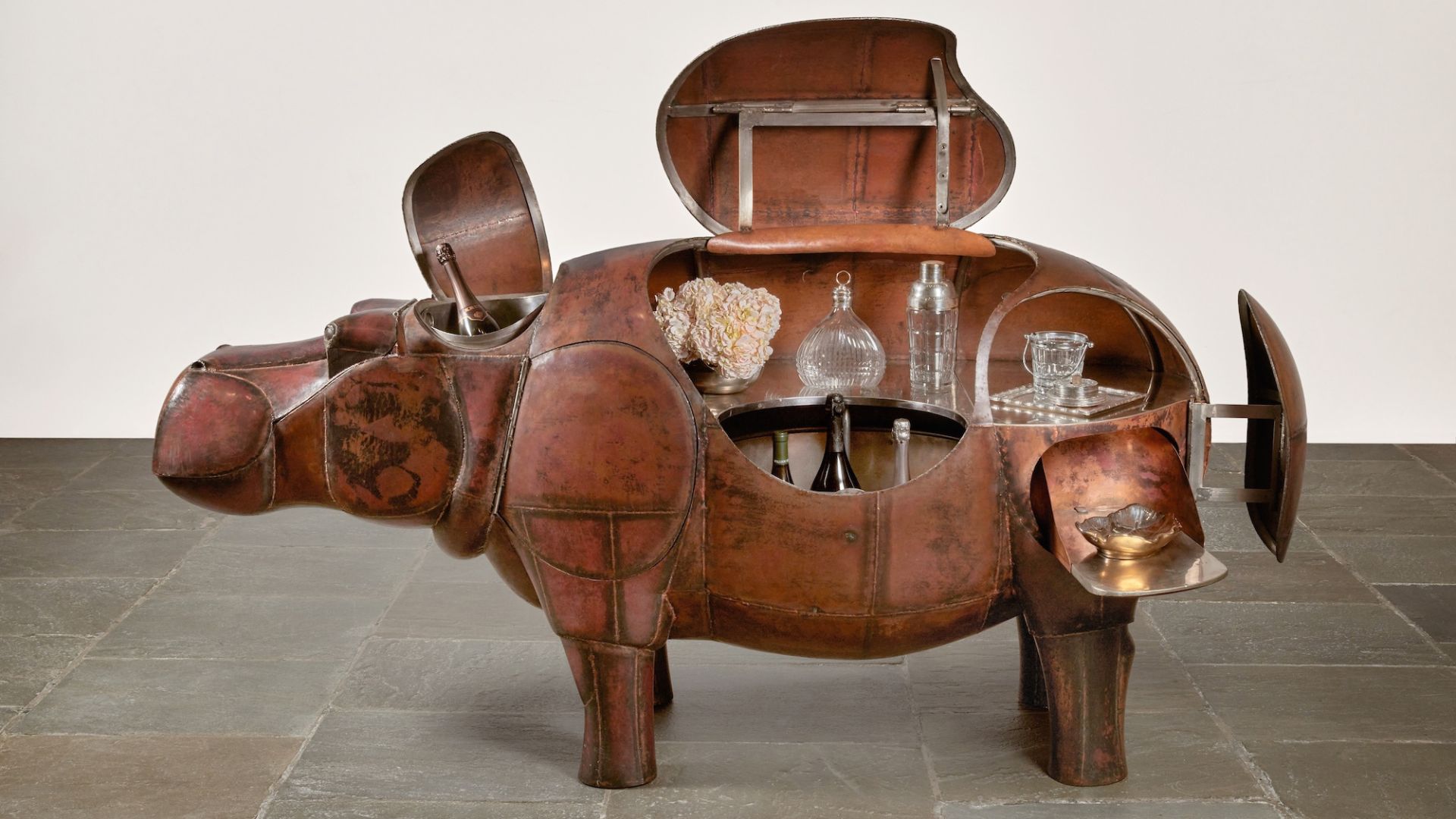 At $31.4 million, this Lalanne hippo just smashed another world auction record at Sotheby’s
At $31.4 million, this Lalanne hippo just smashed another world auction record at Sotheby’sThe jaw-dropping price marked the highest-ever for a work by François-Xavier Lalanne – and for a work of design generally
-
 Out of office: The Wallpaper* editors’ picks of the week
Out of office: The Wallpaper* editors’ picks of the weekIt’s wet, windy and wintry and, this week, the Wallpaper* team craved moments of escape. We found it in memories of the Mediterranean, flavours of Mexico, and immersions in the worlds of music and art
-
 Each mundane object tells a story at Pace’s tribute to the everyday
Each mundane object tells a story at Pace’s tribute to the everydayIn a group exhibition, ‘Monument to the Unimportant’, artists give the seemingly insignificant – from discarded clothes to weeds in cracks – a longer look
-
 Out of office: The Wallpaper* editors’ picks of the week
Out of office: The Wallpaper* editors’ picks of the weekThis week, the Wallpaper* team had its finger on the pulse of architecture, interiors and fashion – while also scooping the latest on the Radiohead reunion and London’s buzziest pizza
-
 Out of office: The Wallpaper* editors’ picks of the week
Out of office: The Wallpaper* editors’ picks of the weekIt’s been a week of escapism: daydreams of Ghana sparked by lively local projects, glimpses of Tokyo on nostalgic film rolls, and a charming foray into the heart of Christmas as the festive season kicks off in earnest
-
 Wes Anderson at the Design Museum celebrates an obsessive attention to detail
Wes Anderson at the Design Museum celebrates an obsessive attention to detail‘Wes Anderson: The Archives’ pays tribute to the American film director’s career – expect props and puppets aplenty in this comprehensive London retrospective
-
 Meet Eva Helene Pade, the emerging artist redefining figurative painting
Meet Eva Helene Pade, the emerging artist redefining figurative paintingPade’s dreamlike figures in a crowd are currently on show at Thaddaeus Ropac London; she tells us about her need ‘to capture movements especially’
-
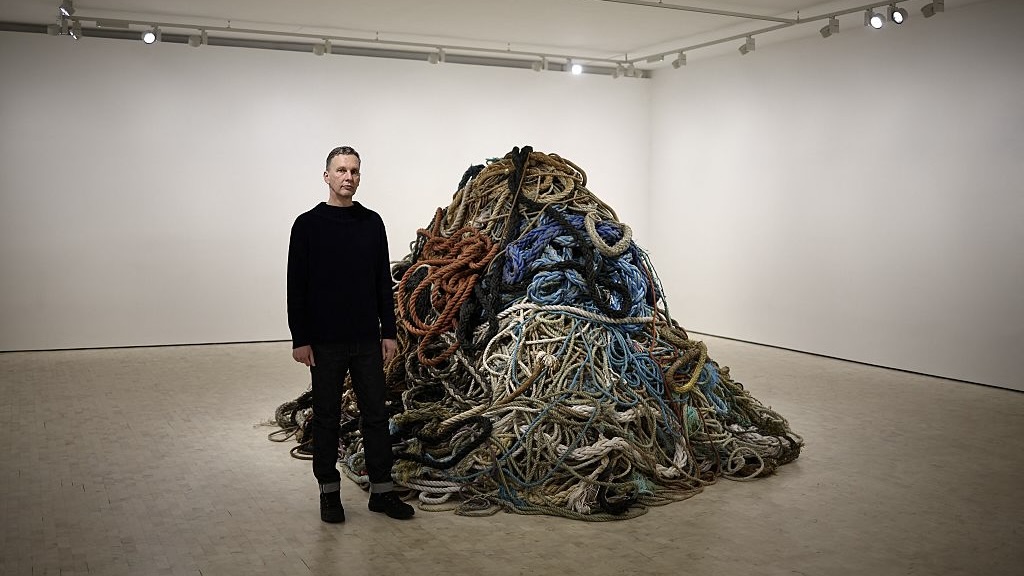 David Shrigley is quite literally asking for money for old rope (£1 million, to be precise)
David Shrigley is quite literally asking for money for old rope (£1 million, to be precise)The Turner Prize-nominated artist has filled a London gallery with ten tonnes of discarded rope, priced at £1 million, slyly questioning the arbitrariness of artistic value
-
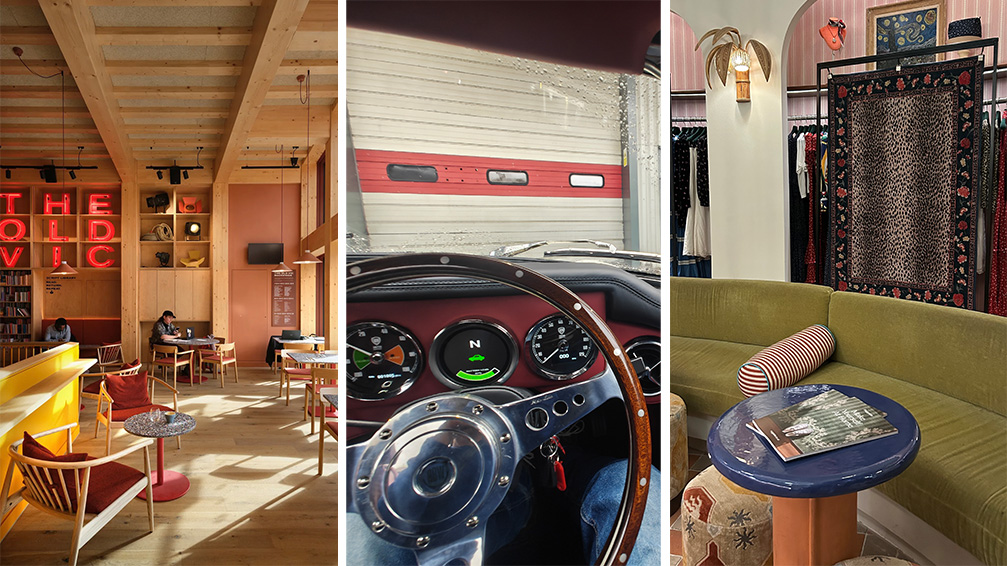 Out of office: The Wallpaper* editors’ picks of the week
Out of office: The Wallpaper* editors’ picks of the weekThe rain is falling, the nights are closing in, and it’s still a bit too early to get excited for Christmas, but this week, the Wallpaper* team brought warmth to the gloom with cosy interiors, good books, and a Hebridean dram